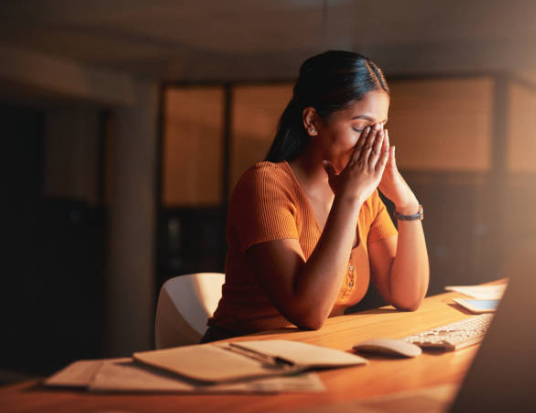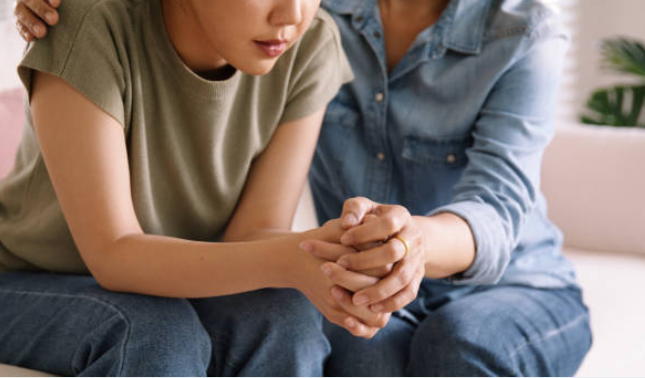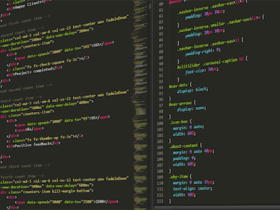In the realm of design, the user experience holds paramount importance. However, often overlooked is the impact design choices can have on the user’s mental state, particularly in relation to anxiety . Design elements, whether in websites, applications, or physical spaces, can significantly influence the level of anxiety experienced by individuals interacting with them.

Anxiety and Design: Unveiling the Connection
Recognizing the Role of Design in Anxiety
In the digital age, where information overload and rapid interfaces dominate, design plays a pivotal role in shaping user experiences. The design elements, ranging from color schemes and typography to layout and functionality, can either alleviate or exacerbate anxiety levels in users.
The Impact of Visual Elements
Visual stimuli have a profound effect on our emotions and cognitive processes. For instance, cluttered layouts, flashy animations, or high-contrast color schemes can overwhelm users and trigger anxiety. Conversely, clean, intuitive designs with a harmonious color palette and balanced visual elements can create a calming effect.
Strategies for Creating a Anxiety-Reducing Design
Embracing Simplicity in Design
Simplicity doesn’t equate to dullness; it implies clarity and ease of use. Streamlining interfaces, decluttering unnecessary elements, and employing minimalist design principles can make interactions smoother and more soothing for users prone to anxiety.
Prioritizing User Control and Predictability
Uncertainty can be a significant source of anxiety. Designers can mitigate this by offering users a sense of control and predictability. Providing clear navigation paths, intuitive menus, and interactive elements that respond predictably can empower users, reducing their anxiety levels.
Mindful Use of Color, Typography, and Space
Color psychology plays a crucial role in influencing emotions. Soft, muted tones and soothing color palettes can create a sense of calmness, whereas jarring or overly vibrant colors may induce stress. Similarly, employing legible typography and ample white space enhances readability and reduces cognitive load, contributing to a more relaxed user experience.
Conclusion: Crafting a Harmonious Design
In conclusion, the relationship between anxiety and design is intricate yet impactful. Designers wield the power to either alleviate or intensify users’ anxiety levels through their design choices. By prioritizing simplicity, user control, mindful use of visual elements, and a keen understanding of user psychology, designers can create spaces and interfaces that foster a calming and inclusive user experience.














